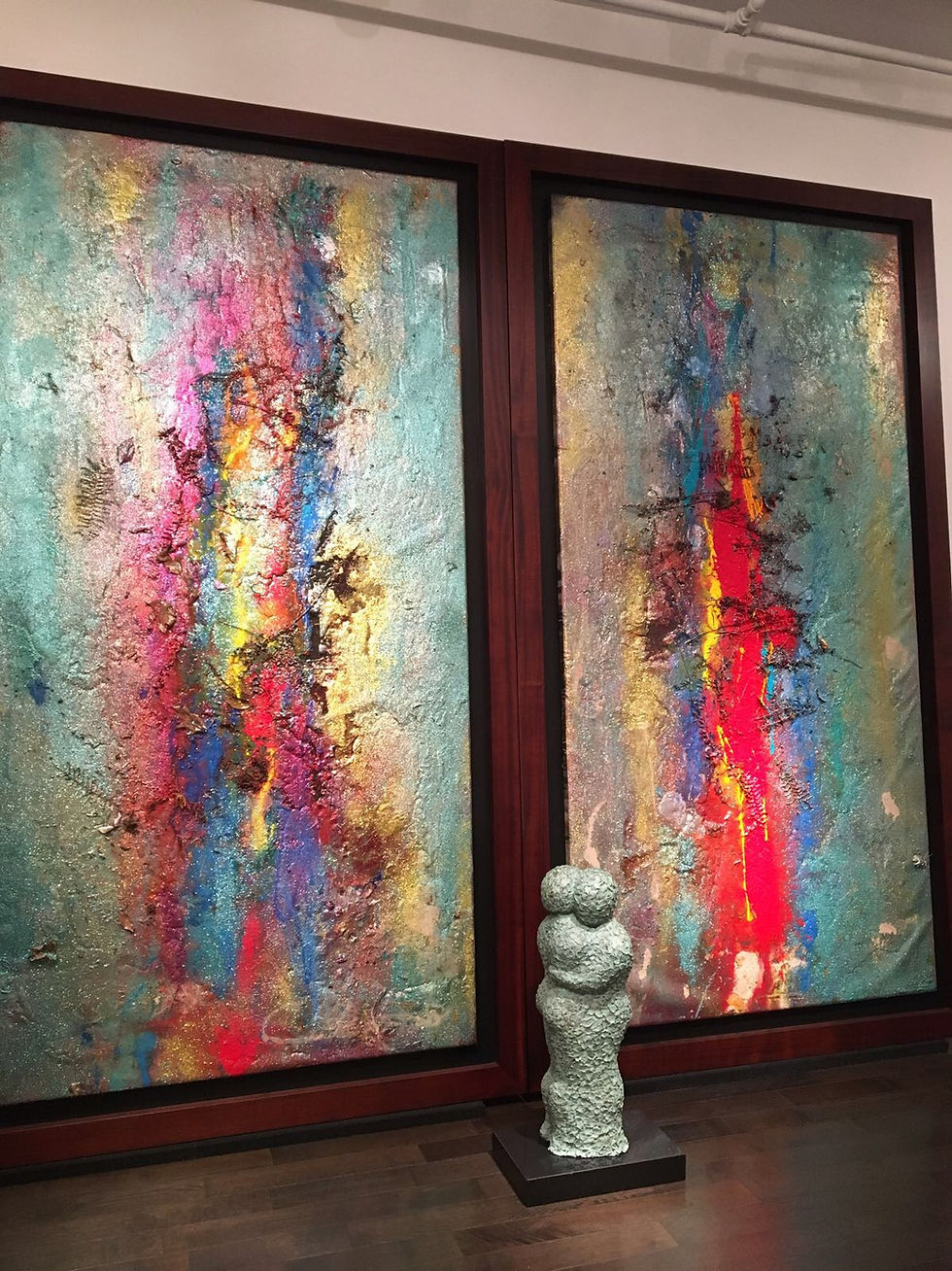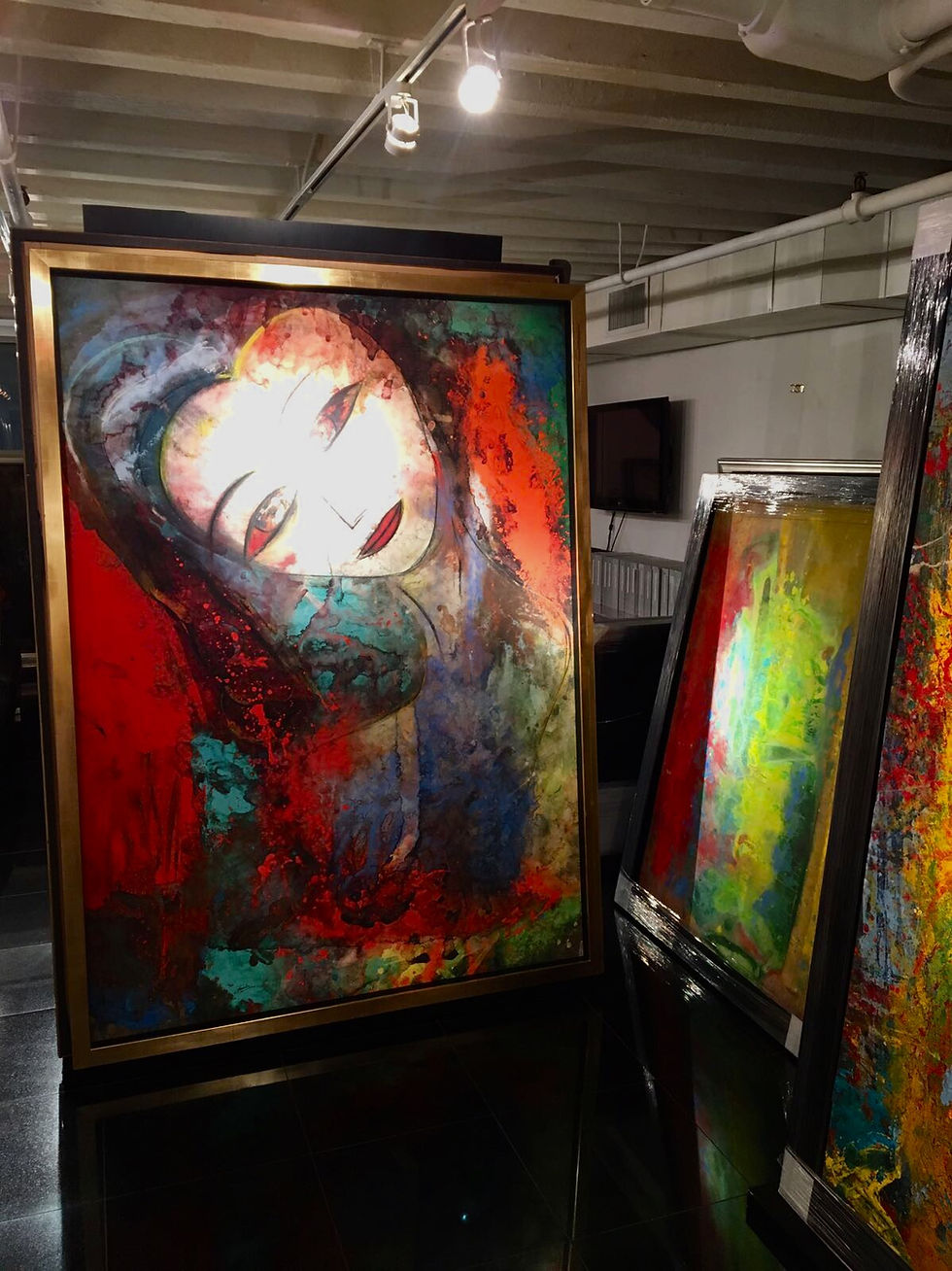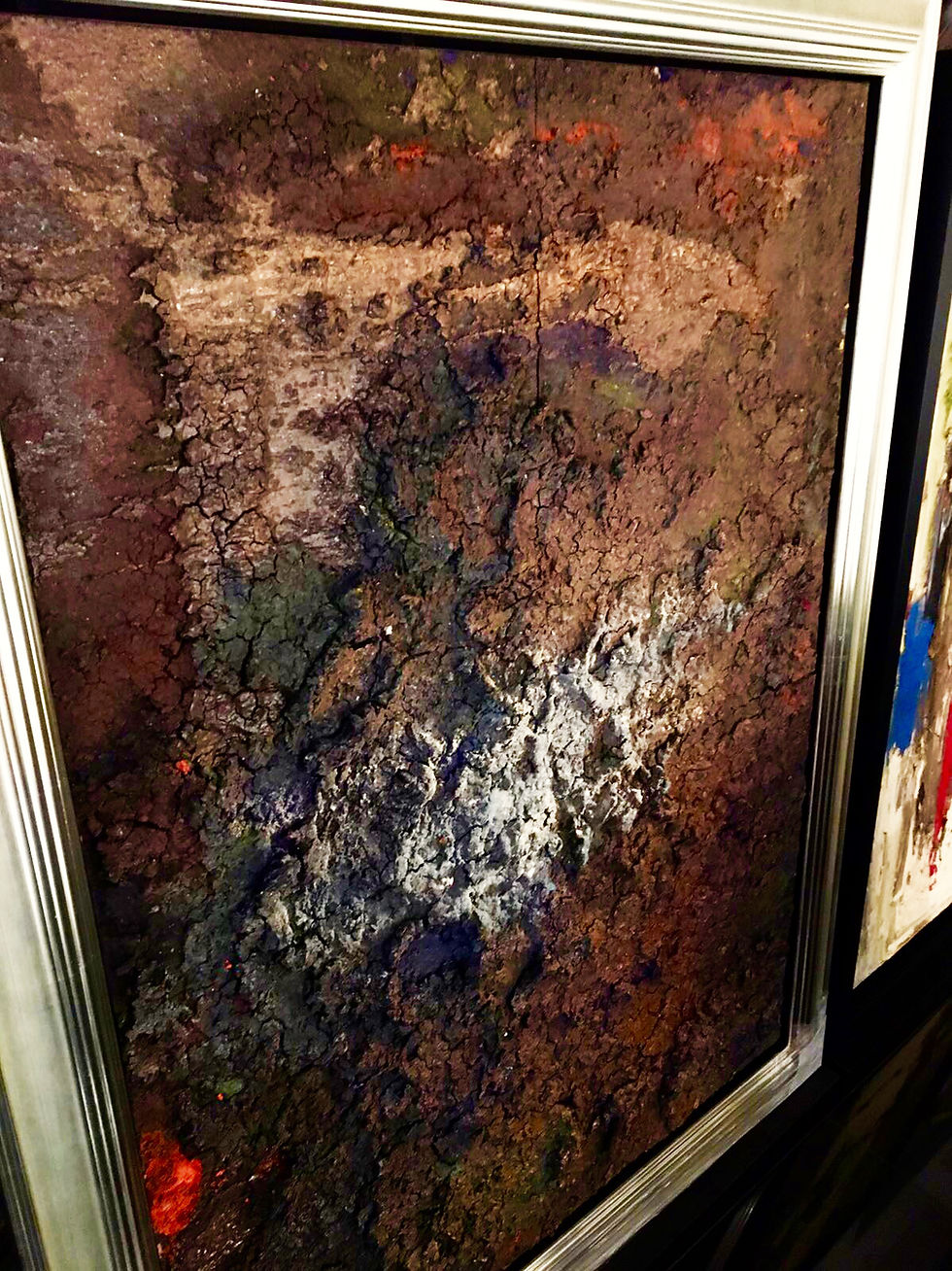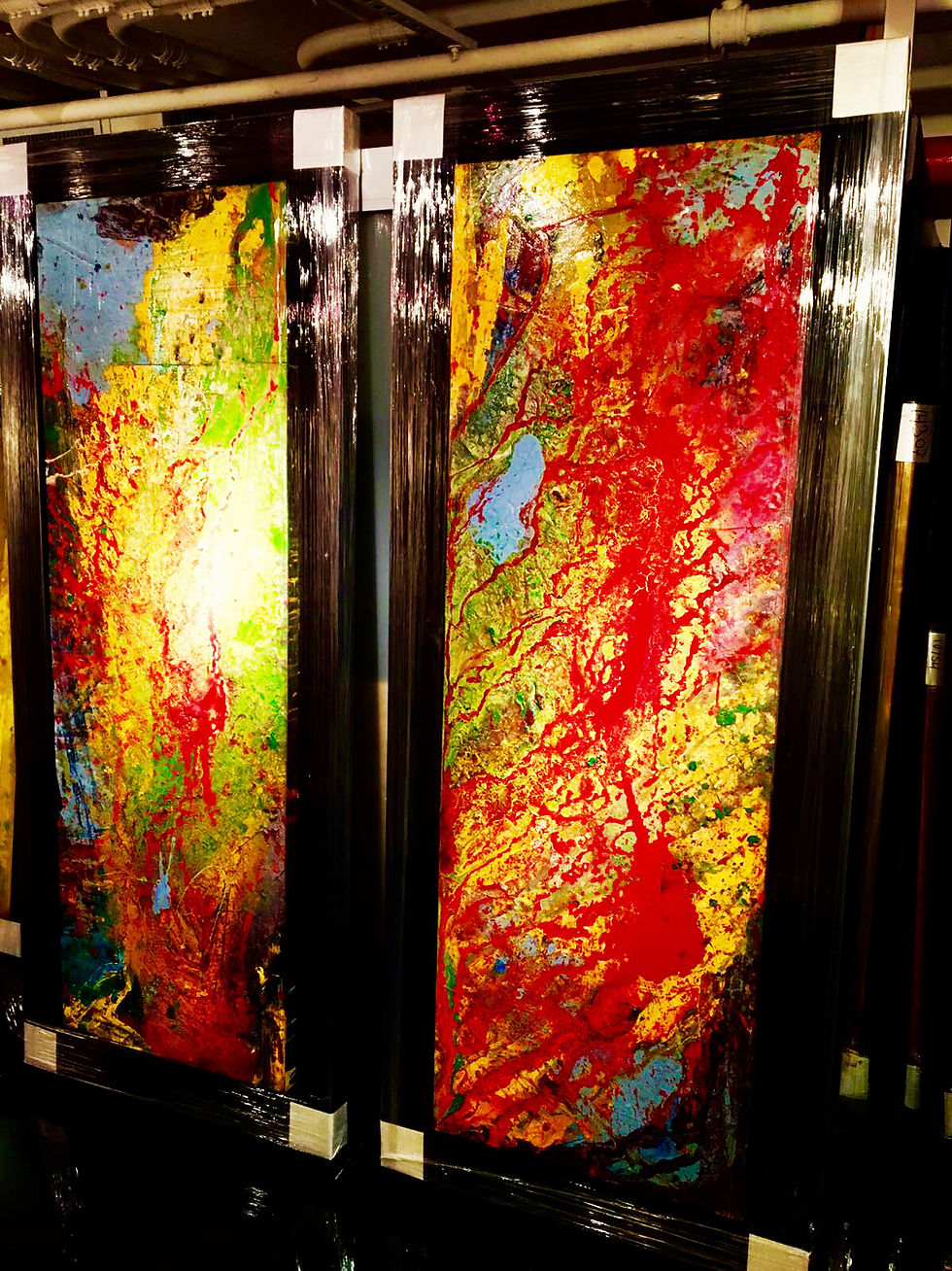The Curious Art of Mystical Expressionism
- Loy Bernal Carlos
- Dec 28, 2017
- 2 min read

On November 4th, Jamali Gallery in Soho, New York City hosted a reception entitled Jamali Pastel Retrospective, a showcase of works of the internationally renowned artist. It exhibited a wide variety that spans several bodies of work, including the most recent ones in cork, which the artist has been using as a medium to explore the vibrance of colors.
Other works, composed in multimedia, are a mix of telluric and empyrean impressions that derive its mystical nature not only from the abstractions itself, but also through the more pragmatic experimentations with light and shadows. Here, the varying reflectiveness of material and the angle of illumination play key roles in defining the concept of heaven and hell–or light and darkness–depending on the perceiver’s spiritual predisposition. At the very least, they are stellar in texture.




As the story goes, about three decades ago, the Peshawar-born artist had a vision–a dream had commanded him to paint–and from thus the orphic nature evolved. His works are said to be in the possession of over 3,500 private collectors including Oprah and a prince of Saudi Arabia. His produced work is innumerable with many originals still sitting in the Soho gallery and in storage. He is set to open a gallery in Miami in 2018.
Stripped to the core, the artist’s talent and remarkable diligence and commitment are laudatory. While other artists produce perhaps one body of work a year, Jamali creates non-stop. But while his work is interesting and even intriguing, they seem to come across as a compendium of various artists’ style...if not reductive, perhaps derivative in nature. Notwithstanding, what makes his work truly original is its metaphysical nature, the idea of “mystical expressionism,” a movement/style he is credited for founding.

“Which one do you want?” was how he greeted us at the gallery that day, meaning “Which one are you buying?”. It is so shockingly offputting coming from an artist who have had dozens of videos, articles and series of books discussing the spirituality of his work. And when casually asked to elaborate briefly about his inspirations, if not his process, he directed us to the new book that he had just published. “Buy the book” is the message.

We get it. We understand that art has to sell in order for an artist to continue to do work. That’s why we feature both emerging and established artists in every issue. Each one has a story to tell, and we would like to assist in its telling. We have tried to get his non-marketing-spun story, and welcome Jamali to do so in the future. But for now, it seems to us, that the primary quality that makes Jamali’s work original and collectible, the idea of mystical expressionism, is at the very least in serious question. A spiritual man who could not be inspired to express a sentence or two about the spirituality of his work is like a long-serving senator who can’t explain how a law is made. Perhaps undeservedly, Jamali has come across to us no more mystical than the Dalai Lama selling beads in Times Square.






Comments